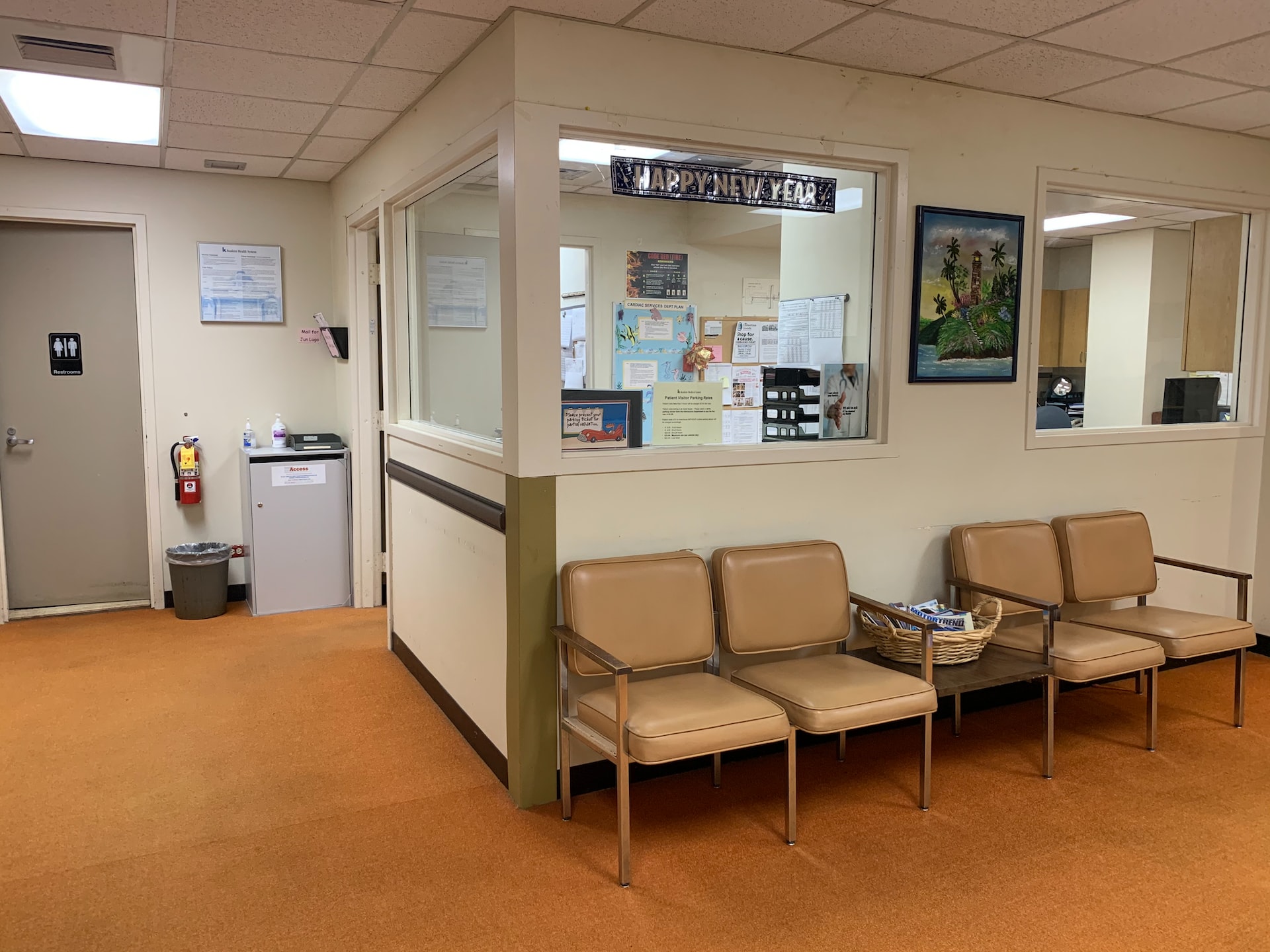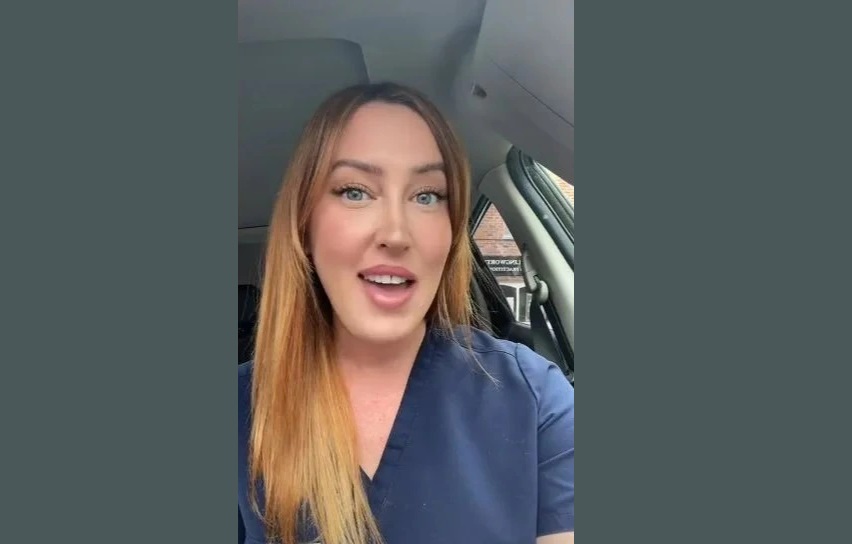The Medical Group Management Association is out with a new poll on the patient and provider experience. It contains a slew of valuable takeaways on how the industry is changing for better and worse. One of the most glaring findings was the spike in the number of patient no-shows. This could point to rising apathy among patients, but it could also be a symptom of a bigger problem.
The 2022 MGMA DataDive Practice Operations survey report is based on 2021 data from more than 2,300 organizations from a variety of specialties and practice types.
Tying Care Quality to Compensation
The survey shows the number of clinics tying physician compensation to care quality is increasing steadily across the country. About one in four (26%) medical groups tied quality performance to physician compensation in 2016. By July 2018, the share of groups with quality tied to compensation rose to 36%, and a March 2019 poll found that nearly 4 in 10 (38%) of groups had tied quality performance to physician compensation.
Wait Times
Wait times are increasing for both established and new patients across the healthcare sector, mainly due to staffing shortages.
The inability to optimize appointment schedules due to staffing shortages throughout much of 2021 resulted in appointment availability for new patients — measured as the third-next-available appointment (TNAA) — increasing by two days: From 6.1 days in 2020 to 8.1 days in 2021.
However, time-to-third for established patients increased slightly, ticking up from 4 days in 2020 to 4.43 days in 2021.
The survey also found a slight increase in the average wait time for patients. Wait times in a practice’s waiting area increased by four minutes year over year, with a median wait time of 16 minutes in 2021.
Wait times in the exam room while waiting for a provider increased by two minutes in 2021, reaching a median of nine minutes.
Rising Patient No-Shows
The patient no-show rate had been steadily decreasing up until 2021 when providers saw a noticeable uptick in the number of people missing their appointments. According to the survey, about half (49%) of medical groups reported that their patient no-show rates increased since 2021, compared to about 4 in 10 (39%) that said the rate stayed about the same, and 12% that reported a decrease in the no-show rate.
Providers attribute the rising number of patient no-shows to four principal concerns:
- Patients hesitant to seek care due to cost.
- Patients going elsewhere because of long wait times after scheduling an available appointment.
- Lack of transportation to appointments.
- Patient forgetfulness or apathy.
Many factors can influence a patient’s decision to show up for their scheduled appointment. They may be afraid of catching the virus, getting stuck with a hefty bill, or having to wait longer than expected. The staffing shortage may also have something to do with it. Many clinics have had to reduce the number of hours they are open to the public because there aren’t enough workers to go around. Experts say some patients may be shopping around for other providers in hopes of being seen sooner.
Providers that saw their patient no-show rates decrease cited the following reasons:
- Implementation of online patient check-in options
- Additional text, email and/or phone reminders ahead of appointments
- Improvement in COVID-19 case numbers and improved willingness for patients to visit the office
- Limiting patients with a history of no-shows to same-day-only appointments
Adding these features may help limit the number of patients that miss their appointments.
It’s not just about patients not showing up for appointments; providers have also had to abruptly cancel appointments due to staffing issues.
Appointment cancellation rates, due to either the patient or practice/physician canceling, have increased, with a significant increase in appointment cancellations for nonsurgical specialties from 2020 to 2021. That marks a stark change from before. Appointment cancellation rates previously fell by 68.1% for primary care and nonsurgical specialties from 2019 to 2020, while surgical specialty cancellation rates decreased by 73% for the same period.
Directing patients to the online patient portal can help them access convenient scheduling features and appointment reminders.
Overall usage of patient portals improved in 2021, with a 17% increase in patient logins compared to 2020. But patients are using these programs for different reasons.
The top patient portal features that experienced an increase in utilization from 2020 to 2021 include:
- Paying bills through patient portal (29% increase)
- Communicating with providers and medical staff (40% increase)
- Filling a new prescription (59% increase)
But less than 10% used the portal to schedule an appointment.
Response times from providers have increased now that more people are using patient portals. The survey shows an increase from 24 hours in 2020 to 48 hours in 2021.
The survey shows providers and staff how the patient-provider relationship is changing. Making sure patients show up for scheduled appointments can be a challenge, but having the right technology in place can make all the difference.




